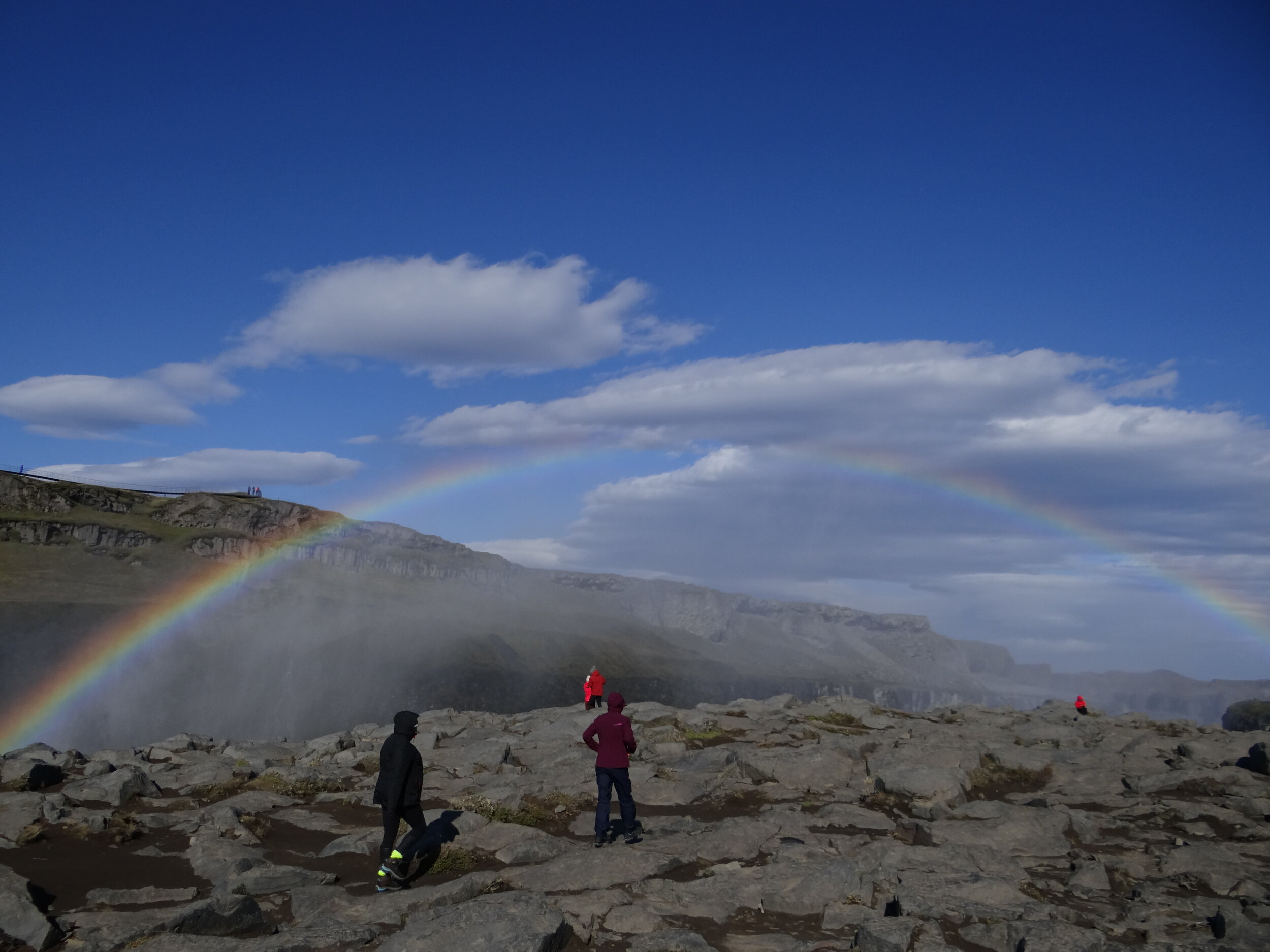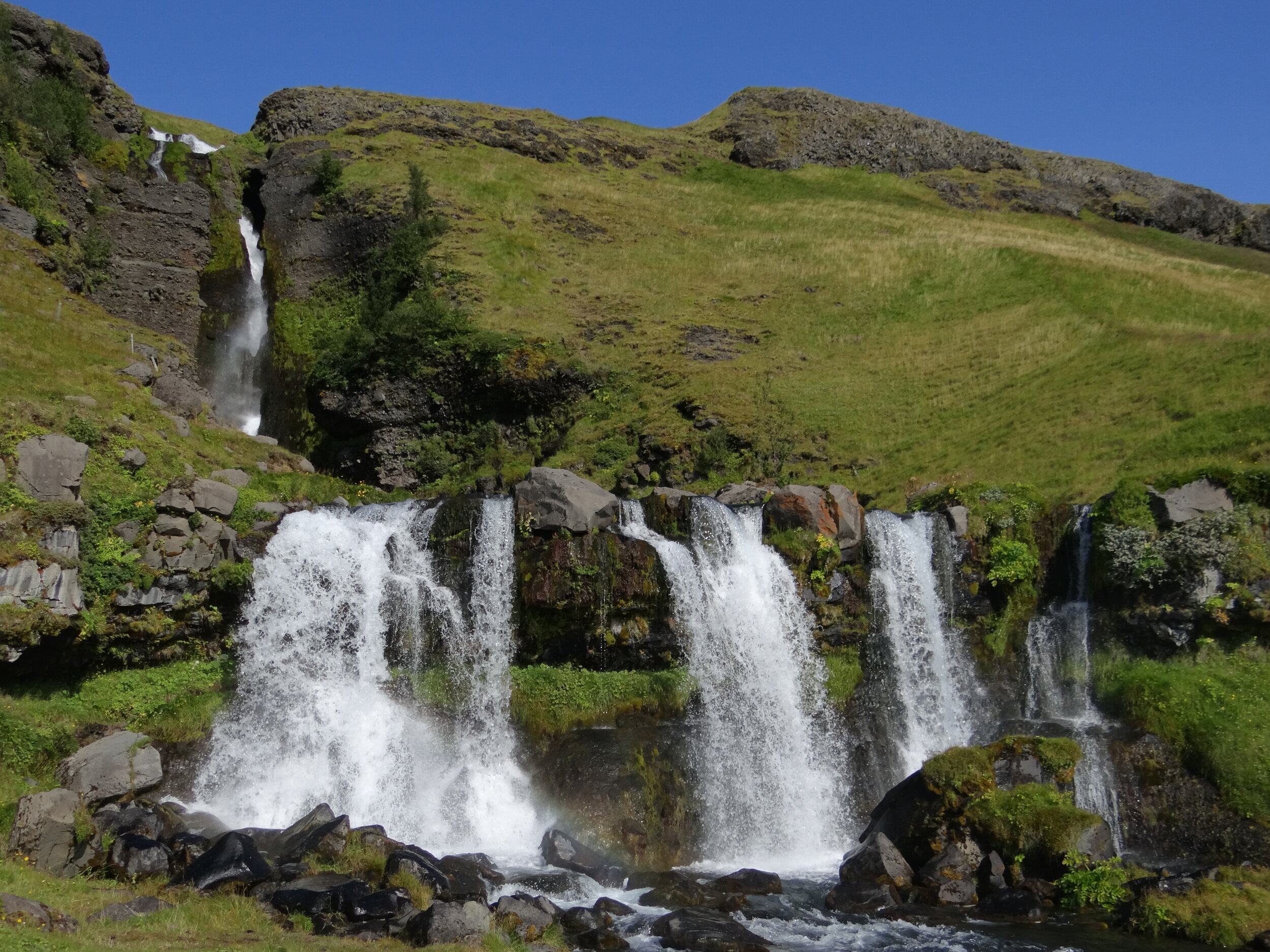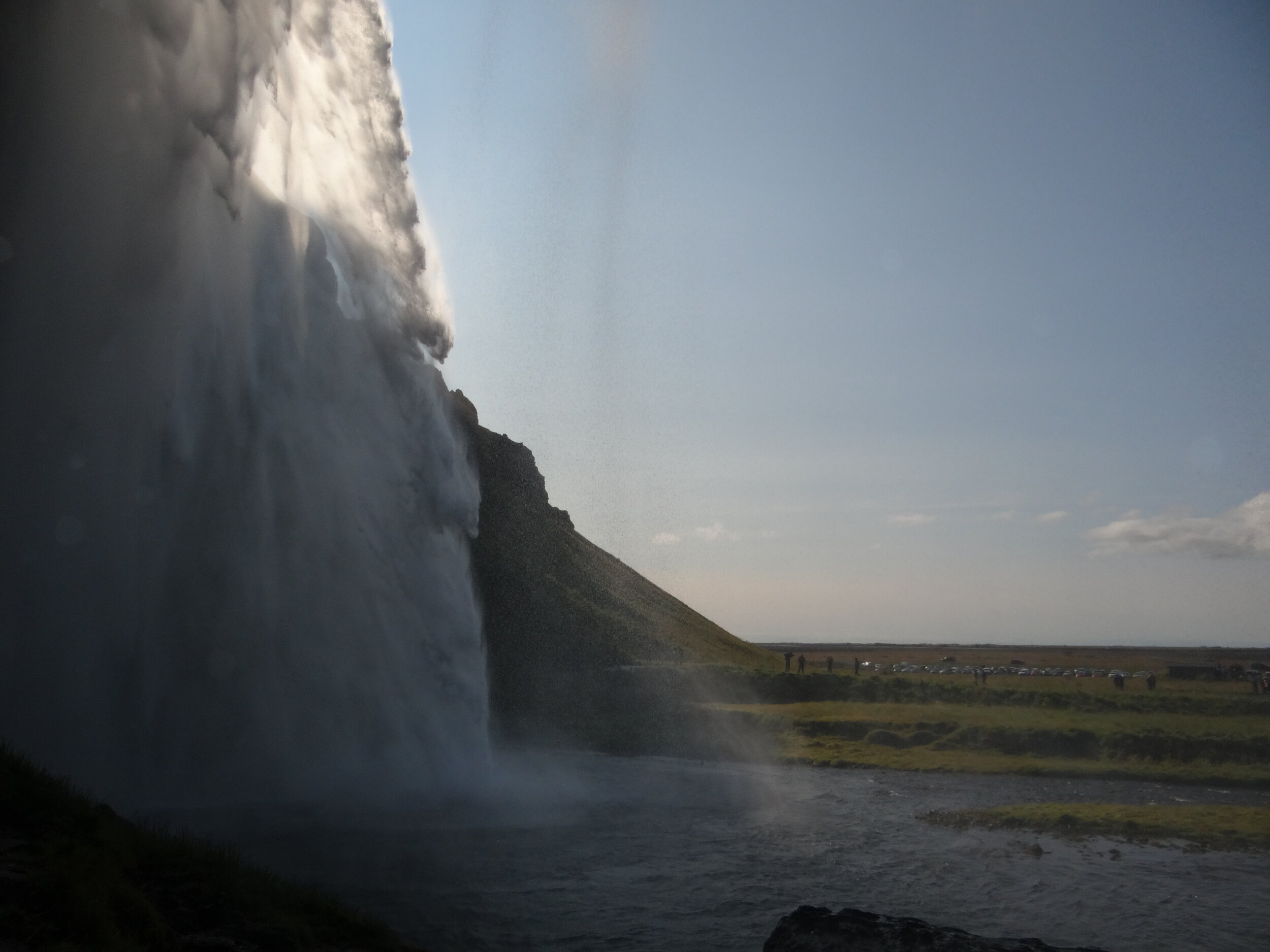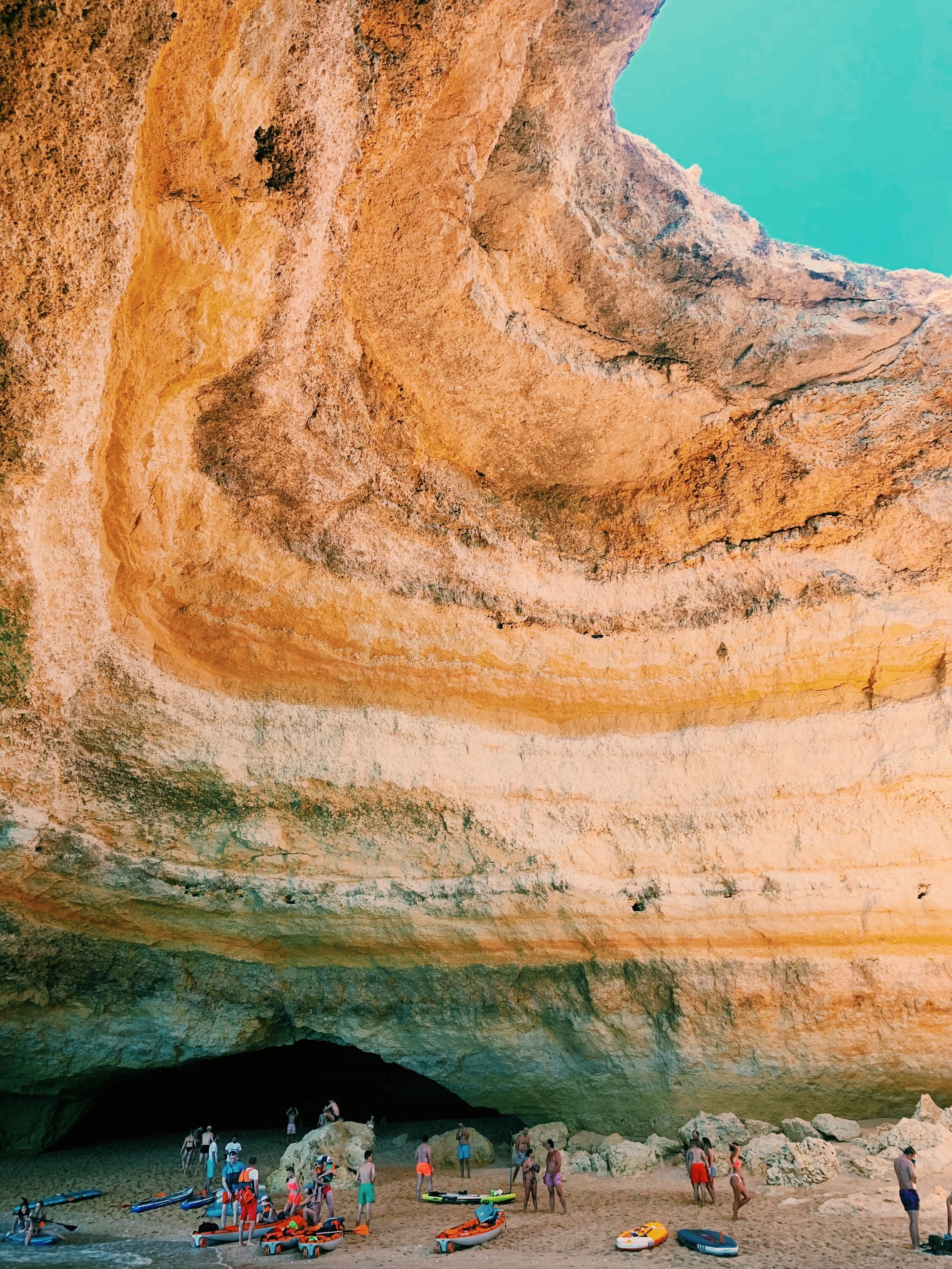Land of Ice and Fire: An Iceland Photo Essay
This past August, Iceland held a funeral for the Okjokull Glacier, the first glacier completely lost to rising global temperatures. Despite internal efforts from the Icelandic government to preserve its natural monuments, rapid changes to the country’s climate are beginning to reshape the geographic wonders to which Iceland is home.
Last summer I spent three weeks hiking through the country, seeing its raw beauty and the ethos of environmental awareness that Iceland champions. With a Nikon D7500, I scaled vast valleys, journeyed through the Highlands, and witnessed the natural glory of the country.
📍Kerið
I started my journey in Grímsnes, a region of South Western Iceland. Located in the heart of the Western Icelandic Volcanic Zone, Grímsnes is a rich space for cultural and environmental growth. I hiked through rough trails, coming across the rise of Kerið Crater Lake. Hiking trails around the area are surrounded by the titian gravel, left over from its era of volcanic activity.
This region’s unique geography showcases the massive geothermal energy beneath Iceland’s crust. For decades, Iceland has harvested this geothermal energy to support upwards of 80% of its population’s energy usage. Iceland innovatively uses its harsh terrain for its economic gain while maintaining the environment.
Þingvellir National Park
Þingvellir National Park is Iceland’s political birthplace. In the early days of settlement, the Alþingi Assembly met at Þingvellir to establish legislative rules and resolve judicial issues for the year.
Today, Iceland’s parliament is housed in Reykjavík. Since the 1990s, it has pushed legislation that promotes environmental awareness, conservation, and protection.
Þingvellir is home to the Mid Atlantic Ridge. This ridge expands hundreds of miles below the ocean, only jutting up into the surface in this park. I walked between continental plates, witnessing the colossal nature of Earth’s dynamic geologic functions.
Foss:
Noun, m. (genitive singular foss, nominative plural fossar) a waterfall
The interior of Iceland mostly consists of the rugged highlands, filled with volcanic deserts. On the outskirts of the highlands sit glaciers, melting down the sides of mountains to form gargantuan waterfalls. Through its renewable energy program, Iceland has utilized geothermal and hydroelectric energy to provide energy to a majority of its population. As the world’s largest green energy provider per capita, Iceland serves as an example to other countries of creating dynamic energy agendas.
As I hiked behind waterfalls like Seljalandsfoss (second image), I finally understood the sheer power that resonates from Iceland’s waters. The thunderous roar of the falls was deafening even from a distance.
Reynisfjara is one of Iceland’s many black sand beaches. It is bordered by basalt column formations like these and the tumultuous sneaker waves of the Northern Atlantic Ocean.
From Reynisfjara I hiked down the coast. With the open ocean to my side, I felt the power of massive Atlantic winds. Eventually reaching the Dyrhólaey Lighthouse, I trekked up its massive cliff-location and took this photo at sunset.
📍Jökulsárlón
As Icelandic glaciers continue to melt rapidly, economic and infrastructural damage hits the country. Furthermore, as glacial rivers surge, they can cause massive damage to Iceland’s roads, bridges and highways.
Speaking to restaurant owners in the southern coast, I learned that the glaciers are also a beacon of culture for the nation. The glaciers have key places in Icelandic lore and society. As they melt, the nation grieves the loss of their country’s natural beauty.
Diamond Beach sits at the outlet of the Jökulsárlón Glacier Lagoon. Deposits of glacial ice leave the Lagoon and crash into the shores of beaches along the Atlantic outlet. Fragments of these ice pieces break off into shards of glacial ice down the coast.
With rising annual temperatures, glacial ice is swiftly melting from the terminus. At Jökulsárlón, I watched ice collapse off of larger glacial chunks, sinking heavily into a future away from its source. I walked alongside the lagoon’s outlet, witnessing the unnatural rate of glacial decay as numerous ice pieces floated out to the Atlantic.
In the north, I entered the highlands, taking long rugged trails to Dettifoss (third image), one of Europe’s most powerful waterfalls. Sitting in a chasm of sheer ricks, the waterfall engulfs the valley in a barrage of booming sound. I was shocked to see that water immediately evaporates off the cliff from the sheer pressure and energy of Dettifoss.


As Tourism Rises, Iceland’s Landscape Suffers
Sewage run-off from hotels in the Lake Mývatn region are polluting the area’s natural eco-system and causing severe damage to flora and fauna.
Tourism to Iceland is rapidly increasing, and with no statistical plateau in sight, the country’s natural monuments will continue to suffer. Eco-tourism is essential when traveling, especially when presented with the opportunity to step into the wilderness of Iceland. Whether that be seeking energy efficient transportation or staying at eco-friendly hostels, tourists to Iceland must find ways to leave the country as it was when they entered.
















